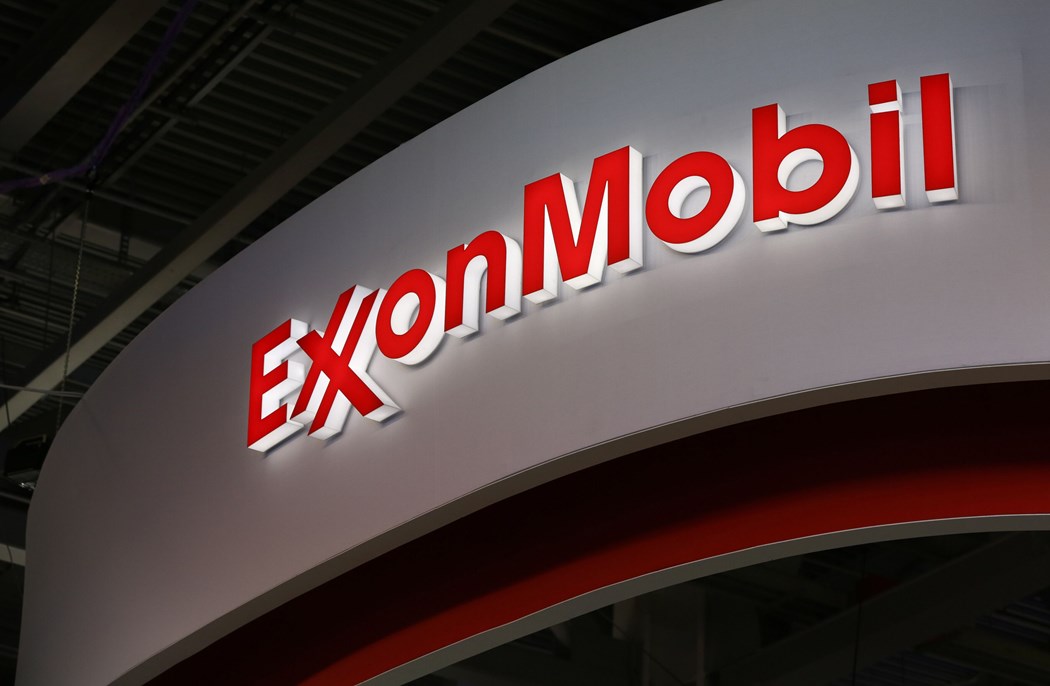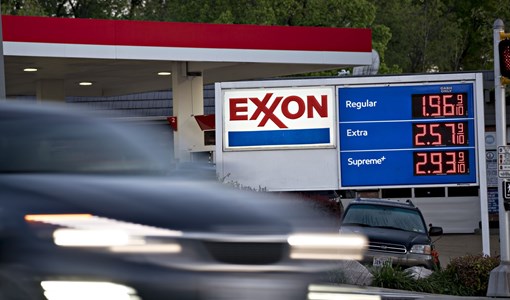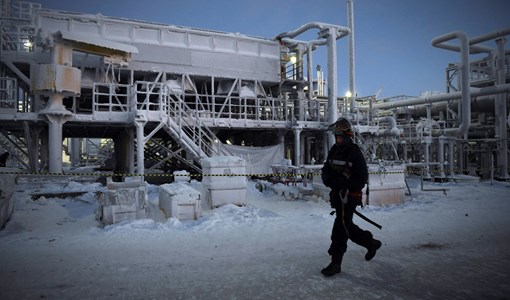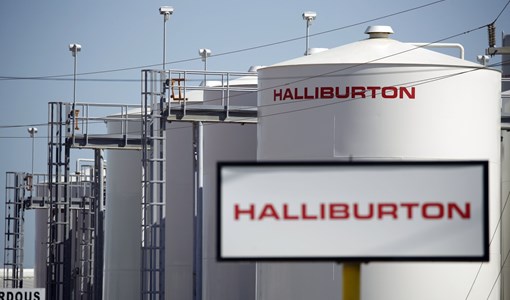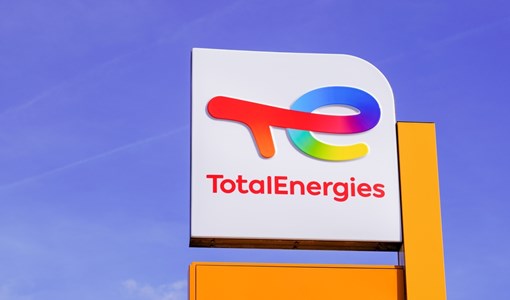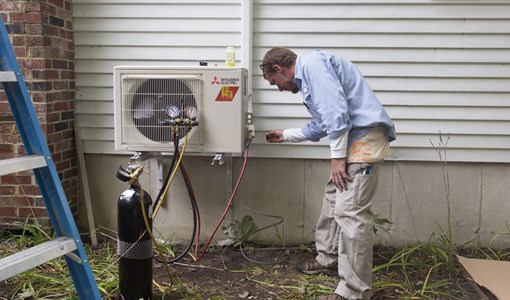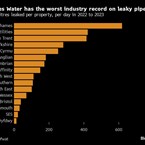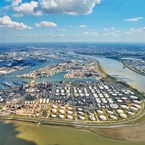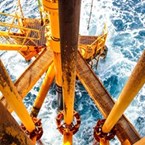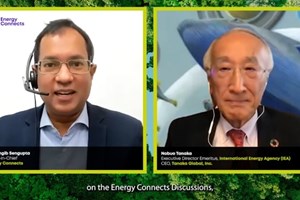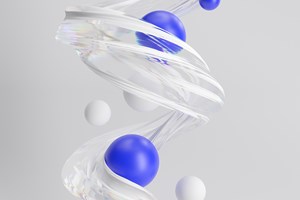Exxon Signs Ammonia Accord, Presses Case for Hydrogen Tax Credit
(Bloomberg) -- Exxon Mobil Corp. pressed the case for hydrogen produced from natural gas to receive US tax credits under the Inflation Reduction Act after signing an accord to sell the low-carbon fuel to JERA Co., Japan’s biggest power provider.
JERA will consider buying 500,000 tons a year, or half the ammonia produced from Exxon’s proposed low-carbon hydrogen project in Baytown, Texas, the companies said in a statement. Hydrogen can be converted into ammonia for shipping and storage, then burned cleanly to produce electricity.
The nonbinding agreement demonstrates “significant” demand for low-carbon hydrogen and ammonia, Dan Ammann, president of Exxon Low Carbon Solutions, said in an interview. But for the Baytown project to get up and running, the Biden administration needs to widen the IRA’s tax credit to include hydrogen produced from natural gas, he said.
Hydrogen, which produces water and oxygen when burned, is seen as an essential way of decarbonizing heavy industrial processes that are difficult to electrify. The IRA grants subsidies to the fuel but recent guidance from the Biden administration suggests only “green” hydrogen, produced from the electrolysis of water, will qualify, not “blue” hydrogen produced from natural gas even if the emissions are captured.
Exxon has stepped up its low-carbon efforts since the pandemic but will only build big projects — such as the one in Baytown — if the projects achieve financial returns of more than 10%, the company has said. Tax credits are key to making those returns and Exxon has said the Baytown project won’t go ahead without them.
“If you’re able to produce lower carbon-intensity hydrogen then you should get credit for that regardless of the means of production,” Ammann said. The tax credit regime “needs to fall into place alongside all the progress we’re making on the supply side and the progress we’re making now on the demand.”
The Baytown project, at the same site as Exxon’s refinery east of Houston, would be the world’s largest low-carbon hydrogen production plant and is aiming for startup in 2028. If it goes ahead it will produce 900,000 tons of hydrogen from natural gas, using carbon capture to remove the emissions, and more than 1 millions tons of ammonia.
©2024 Bloomberg L.P.
KEEPING THE ENERGY INDUSTRY CONNECTED
Subscribe to our newsletter and get the best of Energy Connects directly to your inbox each week.
By subscribing, you agree to the processing of your personal data by dmg events as described in the Privacy Policy.
More gas & LNG news
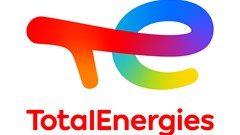
TotalEnergies launches Marsa LNG project and deploys multi-energy strategy in Oman
Apr 22, 2024
Mexico’s Sheinbaum Wants Debt-Laden Pemex to Go Green
Apr 20, 2024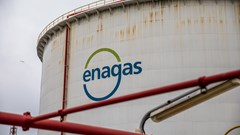
Europe’s Top LNG Plant Operator Wants to Move Into Ammonia, CO2
Apr 19, 2024
Southwest Gas Unit Gets $314.8 Million From IPO, Icahn Deal
Apr 17, 2024
Kazakhstan’s Compensation Claims Against Kashagan Oil Firms Jump to $150 billion
Apr 17, 2024
Oman LNG and Shell agree 10-year supply deal amid transition-led demand growth
Apr 17, 2024
Power Demand Surge Is Complicating Carbon Goals, Duke CEO Says
Apr 16, 2024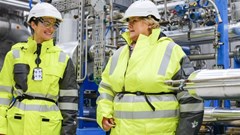
Equinor strengthens its gas position with a swap of onshore assets in the US
Apr 16, 2024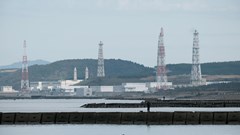
Tepco Flagship Nuclear Plant to Load First Fuel Since Fukushima
Apr 15, 2024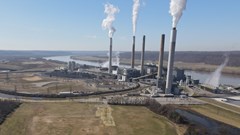
GE Vernova’s technology to help LG&E and KU further diversify sustainable energy portfolio
Apr 15, 2024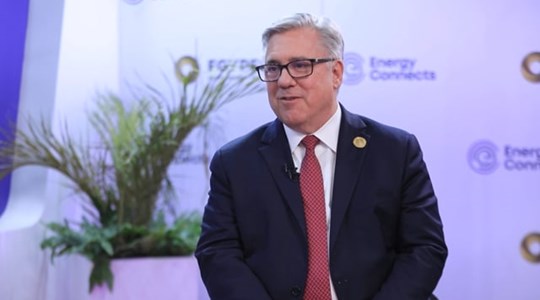
Chevron helping drive Egypt’s journey to become Africa’s energy powerhouse
Mar 11, 2024
Energy Workforce helps bridge the gender gap in the industry
Mar 08, 2024
EGYPES Climatech champion on a mission to combat climate change
Mar 04, 2024
Fertiglobe’s sustainability journey
Feb 29, 2024
P&O Maritime Logistics pushing for greater decarbonisation
Feb 27, 2024
India’s energy sector presents lucrative opportunities for global companies
Jan 31, 2024
Oil India charts the course to ambitious energy growth
Jan 25, 2024
Maritime sector is stepping up to the challenges of decarbonisation
Jan 08, 2024
COP28: turning transition challenges into clean energy opportunities
Dec 08, 2023
Why 2030 is a pivotal year in the race to net zero
Oct 26, 2023Partner content

Ebara Elliott Energy offers a range of products for a sustainable energy economy

Essar outlines how its CBM contribution is bolstering for India’s energy landscape

Positioning petrochemicals market in the emerging circular economy

Navigating markets and creating significant regional opportunities with Spectrum


